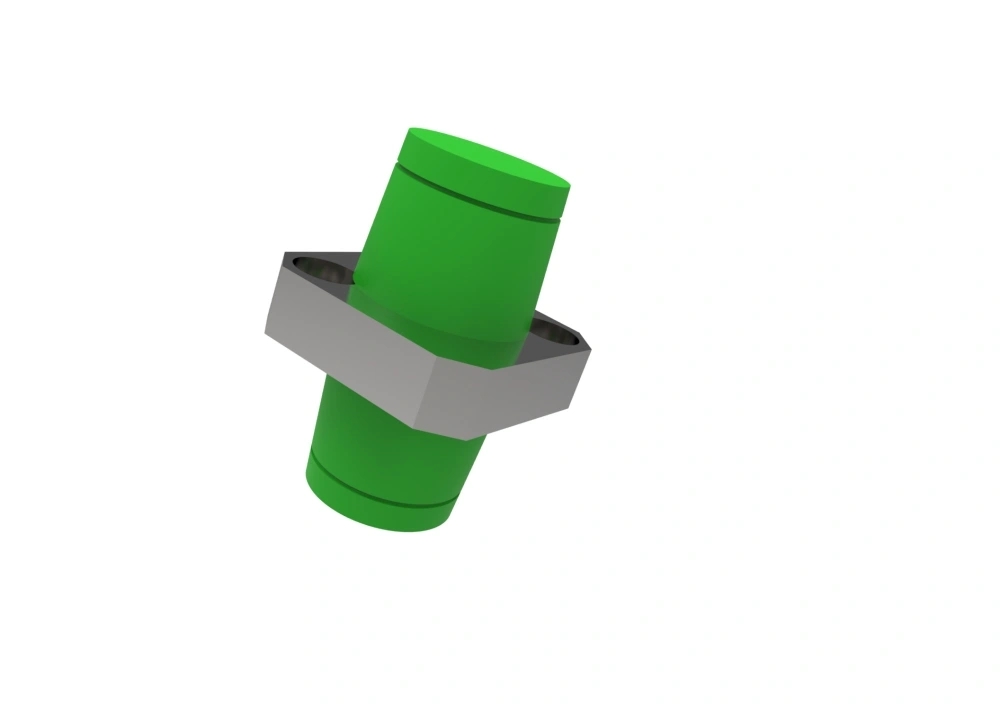Establishing a Standard for Fiber Optic Adapter Insertion Loss

Fiber optic adapters are essential components in optical communication systems, serving as connectors between fiber optic cables. However, one critical factor to consider is the insertion loss, which refers to the power loss occurring when light is transmitted through the adapter. To ensure reliable and efficient transmission, it is important to establish a standardized measurement and limit for fiber optic adapter insertion loss.
Importance of Insertion Loss Standardization
Standardization of fiber optic adapter insertion loss is crucial for several reasons. Firstly, it allows for consistent evaluation and comparison between different adapter types and manufacturers. Standardized measurements enable users to select adapters that meet their requirements, ensuring compatibility and confidence in their performance. Secondly, establishing a standard helps manufacturers in maintaining quality control and ensuring consistency in production. Lastly, a clear and defined standard facilitates troubleshooting and maintenance of optical networks, simplifying the identification and replacement of malfunctioning adapters.
Measurement Methods and Criteria
Several measurement methods are employed to determine the insertion loss of fiber optic adapters. The most common technique involves employing an optical power meter and a reference cable with known characteristics. The test setup consists of connecting the reference cable to the power meter and calibrating the power level. The adapter under test is then connected to the reference cable, and the power level is measured again. The difference in power levels between the two measurements represents the insertion loss of the adapter.
In terms of criteria, various industry standards provide guidelines for acceptable insertion loss limits. The most widely adopted standard for single-mode adapters is the International Electrotechnical Commission (IEC) standard, which specifies a maximum insertion loss of 0.5dB. For multimode adapters, the Telecommunications Industry Association (TIA) standard defines a maximum insertion loss of 0.75dB. These limits ensure minimal signal degradation and maximum performance in optical communication systems.
Future Developments and Conclusion
The continuous growth in data rates and transmission distances necessitates the ongoing development of fiber optic adapter insertion loss standards. As higher speeds and longer distances are achieved, more stringent requirements for lower insertion loss limits will emerge. With the increasing demand for reliable and high-speed optical transmission, the development of advanced testing methods and stricter standards will play a crucial role in meeting these requirements.
In conclusion, the establishment of a standardized measurement and limit for fiber optic adapter insertion loss is vital in ensuring reliable and efficient optical communication systems. It allows for consistent evaluation, compatibility, and quality control. By following standardized measurement methods and criteria, users can select adapters confidently, while manufacturers can maintain production consistency. With future developments and stricter standards, the industry will continue to meet the ever-increasing demands for high-performance fiber optic adapters.



